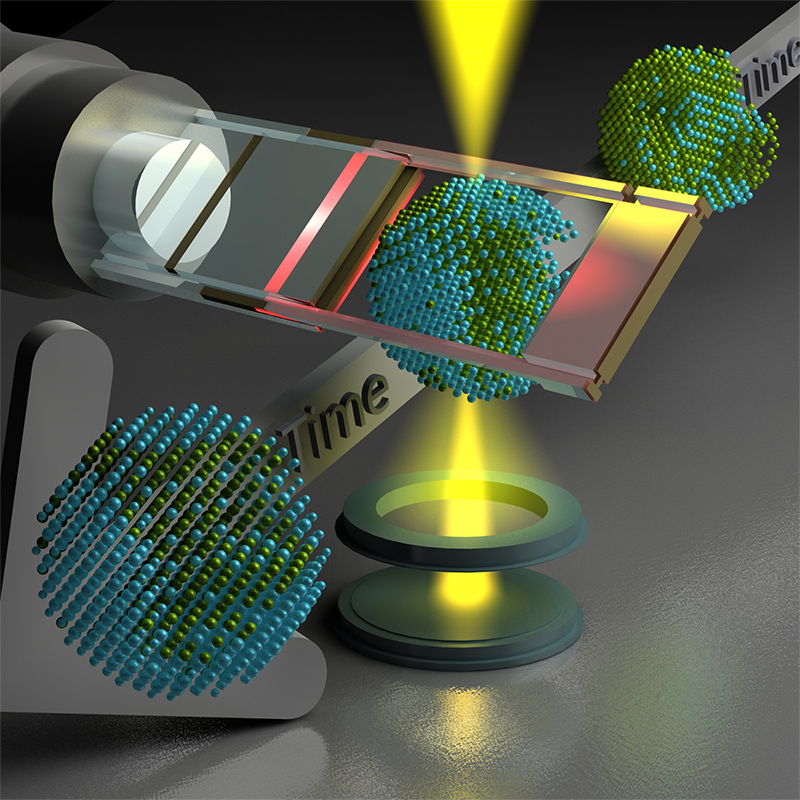
With the depletion of fossil fuel reserves, there has been a surge of interest in developing alternative energy sources, particularly in the area of fuel cell technology. Fuel cell devices can power vehicles by converting chemical energy into electrical energy in a far more efficient and environmentally-friendly way than the conventional combustion technologies. However, they rely on catalysts to operate and reducing catalyst-cost is crucial for commercialization.
Announced December 2015, researchers from McMaster University have taken atomic-level images of individual nanoparticles during heating that could lead to improved fuel-cell technologies at lower cost, reduce dependence on imported oil and minimize greenhouse gas emissions.
Heating nanoparticles and atomic-level tracking allows for the development of other less expensive catalysts, such as platinum-iron nanoparticles. Typically, pricey platinum nanoparticles are used.
Using advanced electron microscopic techniques the team was able to track the atomic-rearrangement process of an individual Platinum-Iron nanoparticle - as it got annealed inside the microscope.